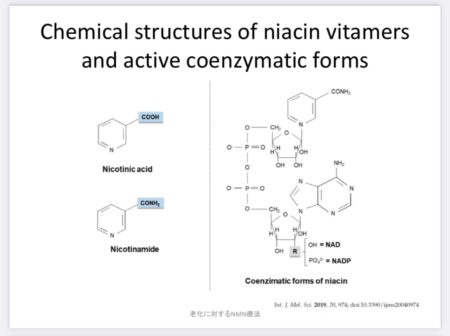Start your Nadpura (NAD+) life NAD+ Production (Synthesis) Part 4: Niacin (4)
In fresh foods, niacin (vitamin B3) is found in fish such as cod roe and bonito, liver, and peanuts, and is mainly exists in the form of the pyridine nucleotides nicotinamide adenine dinucleotide (NAD) and NAD phosphate (NADP).
When food is cooked and processed, pyridine nucleotides (NAD and NADP) are broken down and become nicotinamide (NAM) in animal foods and nicotinic acid (NA) in plant foods, respectively. In the case of foods in which raw cells are eaten, such as raw vegetables and sashimi, pyridine nucleotides (NAD and NADP) are degraded to NAM in the gastrointestinal tract.
NAM and NA are absorbed from the small intestine. Although the decomposition rate and absorption rate differ depending on the food, the utilization efficiency of niacin in the food commonly eaten in Japan is estimated to be about 60%.
After NAM and NA are biosynthesized into pyridine nucleotides (NAD and NADP) in the body, they are involved in the metabolism of carbohydrates, lipids and proteins, and energy production as coenzymes of dehydrogenase. As a coenzyme, it participates in a wide range of reactions, including the biosynthesis of fatty acids and steroid hormones, ATP production, DNA repair and synthesis, and cell differentiation.

Niacin is a water-soluble vitamin, but NAM (Nicotinamide) is used as a treatment for type 1 diabetes, and NA (Nicotinic acid) is used as a treatment for dyslipidemia (hyperlipidemia). In addition, cases of digestive system and liver disorders such as indigestion, severe diarrhea, constipation, decreased liver function, and fulminant hepatitis have been reported as side effects when ingested in large amounts.

